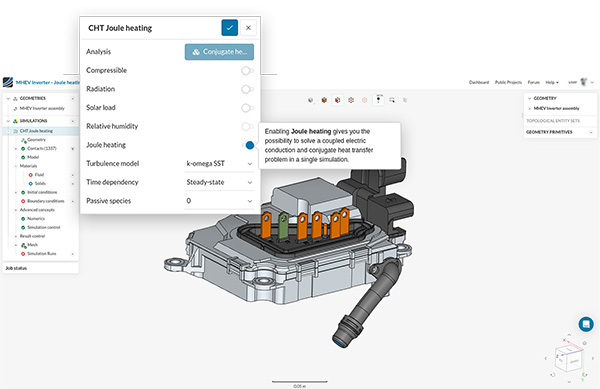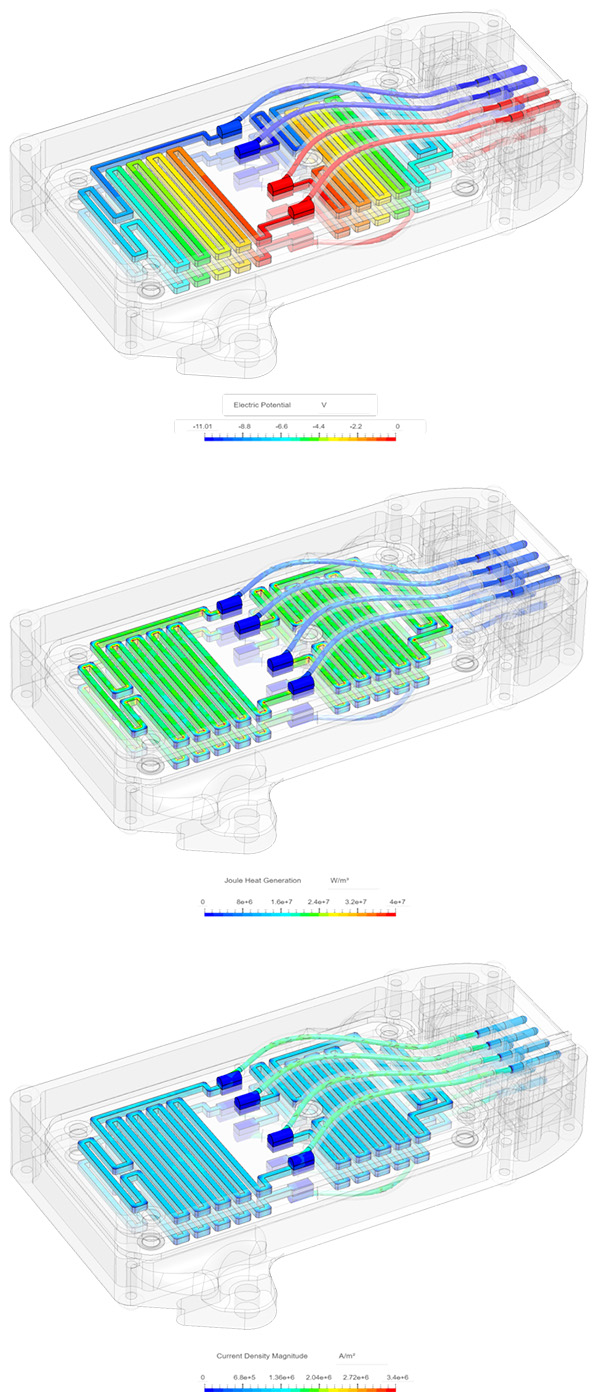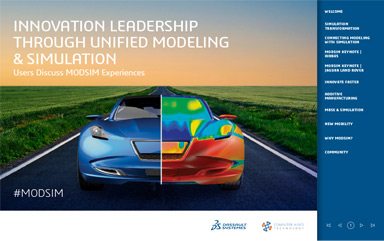
Conjugate Heat Transfer (CHT) Joule heating: The new Joule heating interface and dialog box in SimScale for including Joule heating in a CHT analysis. Image courtesy of SimScale.
Latest News
March 8, 2023
Last week, SimScale launched a new Joule Heating Simulation program, aimed at those developing power electronics products and components. In the blog post announcing the release, SimScale writes, “With the new features introduced in SimScale, users can now explicitly define the key Joule heating parameters, variables and output key metrics to base design decisions on.”
The announcement highlights the following:
- Analysis type: users can toggle on Joule Heating when setting up a Conjugate heat transfer (CHTv2 or IBM) analysis type in SimScale.
- Materials: when defining material properties, choose the isotropic or orthotropic conductor option. The materials can be imported from the library or added to the database and can be shared among projects and teams.
- Boundary conditions: in the boundary conditions dialog box, users can specify the current flow direction and electric potential (see images below).
- Outputs: include current density, electric potential, and Joule heat generation.
SimScale says its new tool offers “an easy-to-use interface with powerful and automated post-processing features.” With it, you can add dissipated power as a power source on the electronic components, the company explains.
As example applications, SimScale presents simulation performed on electrical inverters, resistors, electric vehicle batteries, and fuse blocks.
With headquarters in Munich, Germany, and offices in New York and Boston, U.S., SimScale offers cloud-based simulation.
Joule heating simulation is also part of COMSOL Multiphysics, Cadence, and SOLIDWORKS Simulation, among others.

More SimScale Coverage

Subscribe to our FREE magazine, FREE email newsletters or both!
Latest News
About the Author
Kenneth Wong is Digital Engineering’s resident blogger and senior editor. Email him at [email protected] or share your thoughts on this article at digitaleng.news/facebook.
Follow DE





